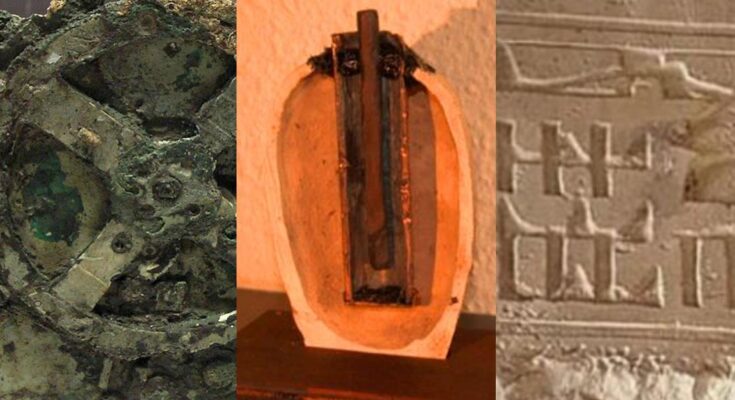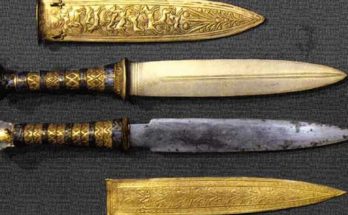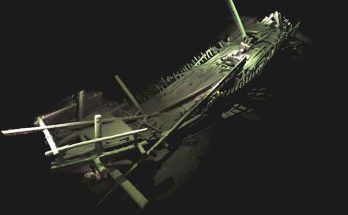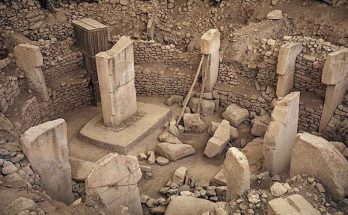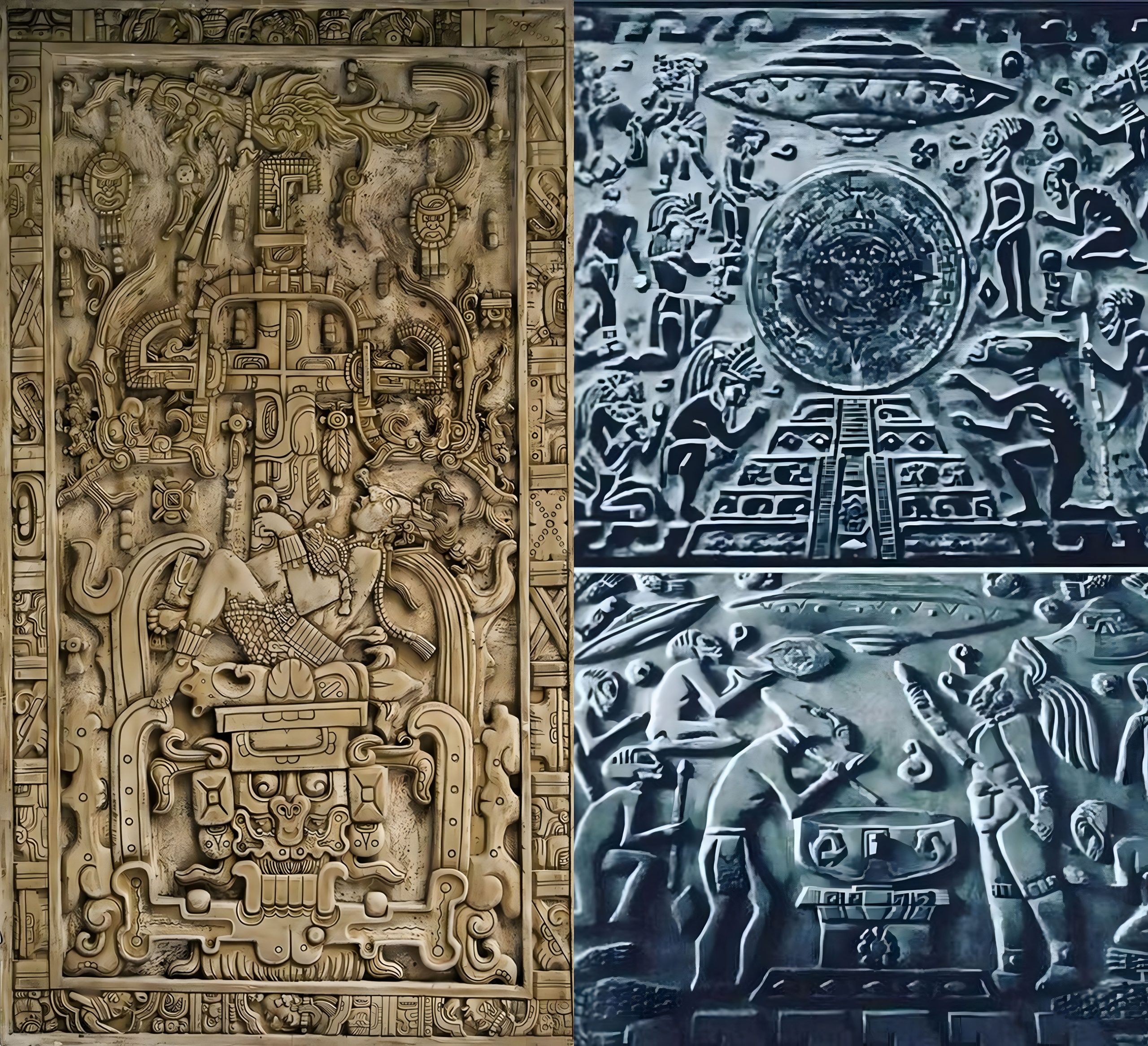
Timeless Electronics Technology Through Ancient Engravings
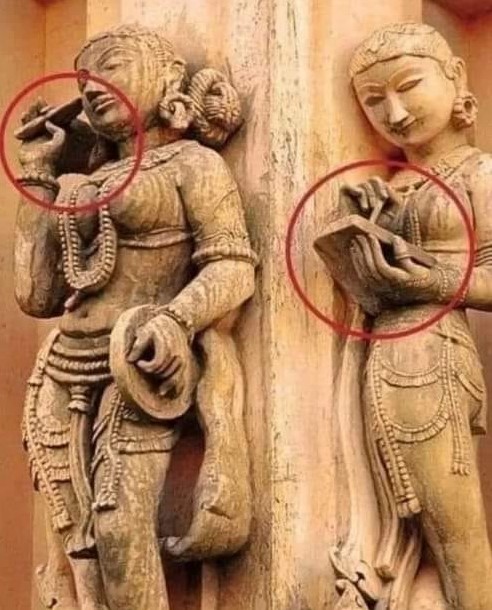
In the ever-evolving landscape of technology, where innovation is rapid and advancements are a constant, the discovery of ancient engravings that hint at timeless electronics technology is a revelation that challenges our understanding of history. This article delves into the intriguing intersection of ancient artifacts and modern electronics, unveiling the possibility that our ancestors may have possessed a deeper knowledge of technology than previously imagined.
The Anomalies in Ancient Artifacts: As archaeologists uncover artifacts from civilizations long past, they occasionally stumble upon engravings and symbols that defy the expected depictions of daily life. Some of these anomalies bear a striking resemblance to modern electronic components, sparking curiosity and prompting a reevaluation of historical technological knowledge.
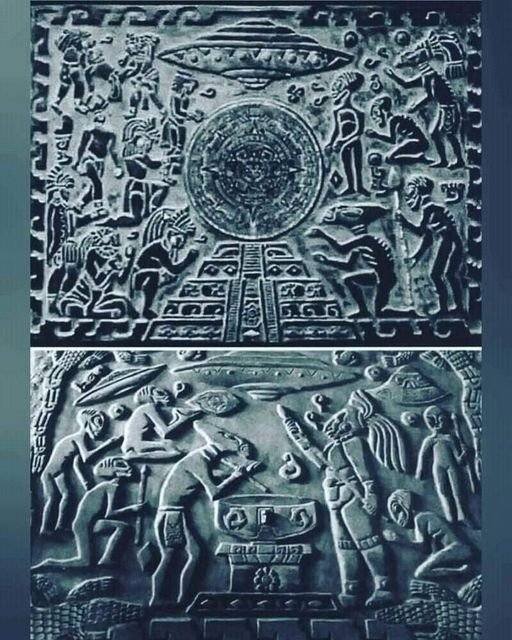
Symbols Resembling Circuitry: Among the most fascinating discoveries are symbols etched into ancient walls, pottery, and tools that remarkably resemble circuitry. Intricate patterns, reminiscent of conductive pathways and integrated circuits, suggest a level of technological understanding that challenges conventional timelines of human progress.
Ancient Energy Transfer Concepts: Certain engravings hint at the possibility that ancient civilizations grasped fundamental concepts related to energy transfer. Symbols resembling coils and resonance structures evoke parallels with wireless power transmission, a concept not formally introduced until the 19th and 20th centuries.
Intriguing Depictions of Light: Ancient depictions of light sources take on new meaning as researchers analyze engravings that seem to convey advanced optics. Symbols resembling lenses, mirrors, and focused light suggest an understanding of principles that align with our contemporary knowledge of lasers and optics.
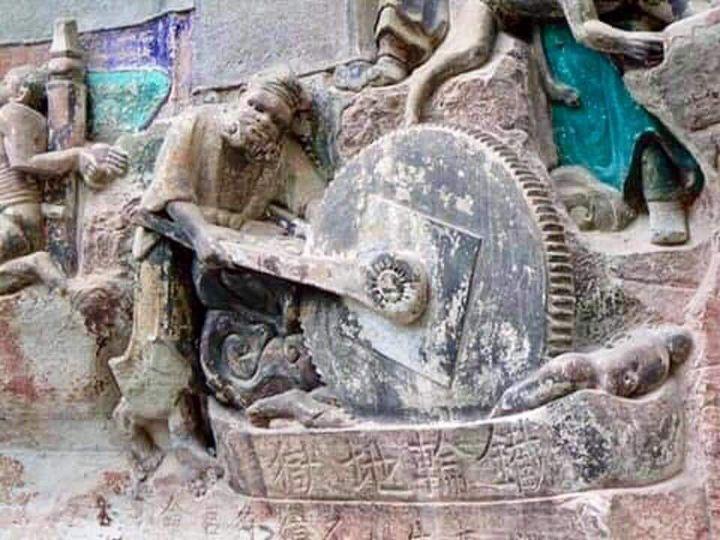
In This Stone Carving What Kind of Ancient Technology Was They Using Back in Ancient china 🇨🇳
Theoretical Explorations: As scholars and researchers grapple with these enigmatic engravings, theoretical explorations arise. Some propose that ancient civilizations might have possessed knowledge of electricity, magnetism, and wave propagation. These theories, while speculative, challenge the narrative of linear technological evolution.
Parallel Technological Development: The idea of parallel technological development challenges the notion that our modern understanding of electronics and technology is a recent achievement. If these engravings indeed represent early knowledge of electronics, it suggests that certain civilizations may have reached technological heights that were lost or suppressed over time.
Interdisciplinary Collaboration: The exploration of ancient engravings depicting electronics technology calls for interdisciplinary collaboration. Archaeologists, historians, physicists, and engineers must work together to decipher the meanings behind these symbols and bridge the gap between ancient wisdom and modern science.
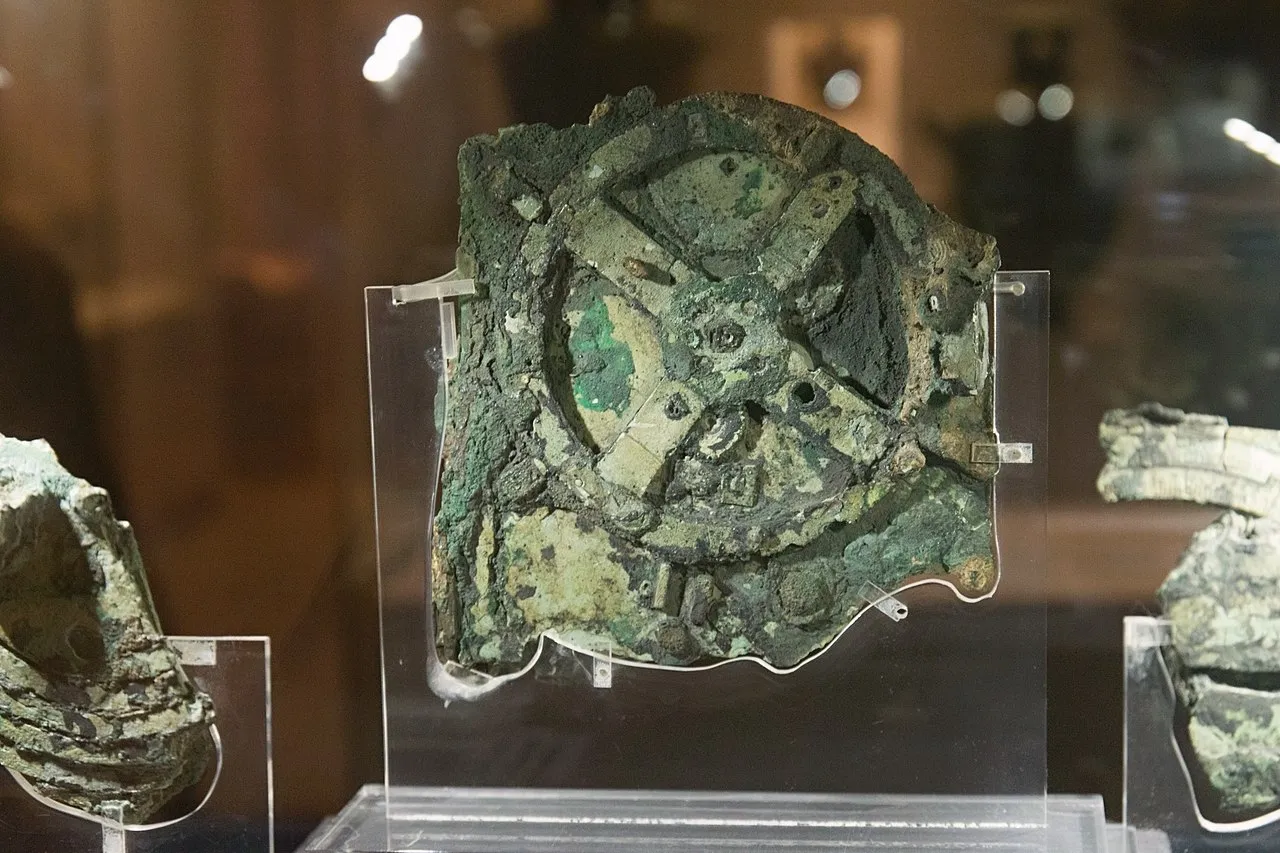
The discovery of ancient engravings hinting at timeless electronics technology presents a fascinating conundrum that invites us to reconsider the depth of our ancestors’ knowledge. As researchers continue to peel back the layers of history, interdisciplinary collaboration becomes essential in unlocking the secrets embedded in these symbols. Whether these engravings represent actual technological understanding or are a product of artistic expression, they inspire us to contemplate the interconnectedness of human knowledge across the ages.
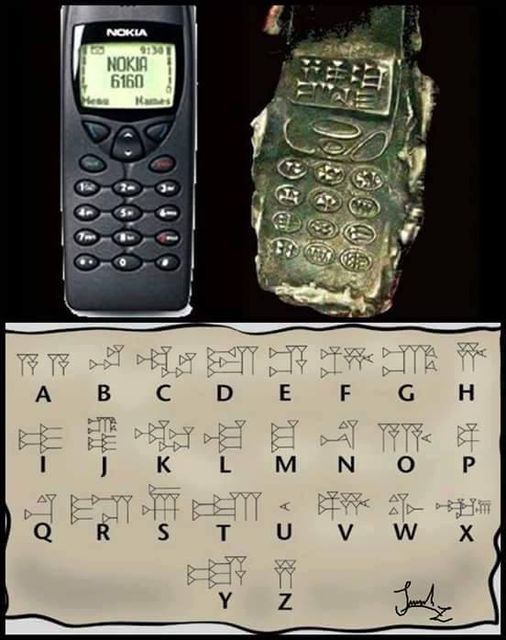
Archaeologists repeatedly stumble upon artifacts that seem way too advanced for the times from which they originate. The ancient Greeks, for instance, developed a clock capable of calculating and tracking planetary motions and solar eclipses among other things. These forward-thinking inventions are often called “ahead of their time.” In reality, they are reflections of the ingenuity of their respective civilizations.
These astounding inventions show that civilizations of the past were a lot more advanced than we might have thought.
